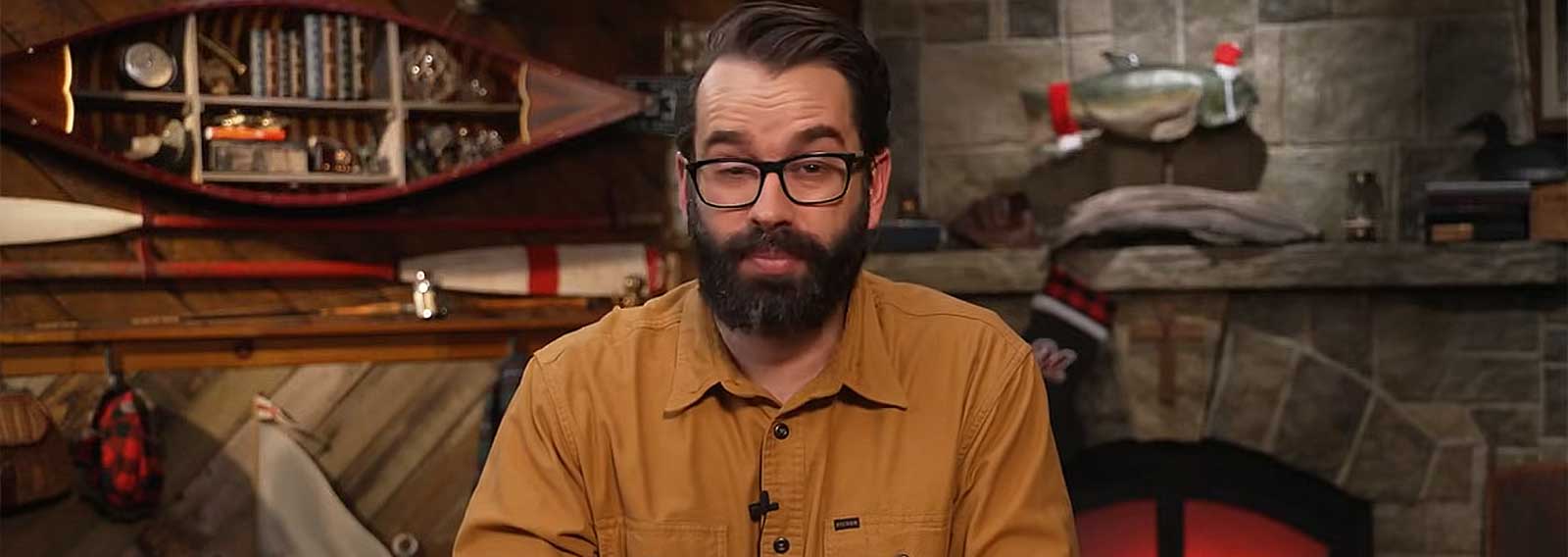Imagine, for a moment, that anthropologists have just discovered a remote tribe in a far-flung archipelago. What makes the tribe particularly interesting is that it is genetically distinct from every other people group, and possesses several unique physical, social, and cultural traits:
They are shorter, and while their intelligence varies, the average is significantly lower due to neurological differences. For various genetic reasons, their life expectancy is about twenty percent lower than that of their nearest neighbours.
But they are, in general, happier. Over 95% of them express satisfaction with their appearance, and 98% express satisfaction with their relationships (e.g. “I love my siblings and they love me”). They have relatively little regard for material items, placing much greater emphasis on people. The few who’ve interacted with them say that they are especially fond of hugging, and possess a seemingly magical ability to elicit smiles and bring out the best in people with whom they engage.
A new resort development threatens to wipe out 95% of this tribe.
Should we:
A) kill them so the development can continue as quickly and cheaply as possible, because progress is inevitable and the wants of the many can’t be stopped for the few;
OR
B) do our best to welcome the tribe into our society, and help them to adapt – to the greatest extent possible – so we can both save their lives, and benefit from the presence of people who challenge our vanity and materialism, spread warmth, and help us better understand our own humanity?
Most people will answer “Option B, of course!” Perhaps they will even express horror at the idea that anyone could support Option A.
And yet, this tribe already exists, and we’re doing our best to wipe them out by killing upwards of 90 percent (close to 100% in some cases) of new members within five months of birth.
They are, of course, those with Down syndrome. In Australia, around 90 percent are terminated by the 21-week mark, just shy of five months before birth. In Iceland, they boast that they have ‘eradicated’ Down syndrome, which is impossible – they are still being conceived at the same rate, and are simply being screened out and terminated.
Maybe it’s more nuanced than this hypothetical allows. In Denmark, one of the most socially minded countries, near 100 percent of people support the idea of government-funded programs for those with disabilities, including Down syndrome. Yet the termination rate is about 95%. Perhaps this points to something much darker: we don’t have a problem with society paying the cost, but as individuals, we are horrified by the idea that we may pay be asked to pay a cost personally.
We see the same duality in Australia, where kids with Down syndrome now grace in-store posters and fashion catalogues, and people applaud the “diversity and inclusion” whilst simultaneously accepting the fact that 90% of Down syndrome diagnoses in this country end in abortion. And that’s even after allowing for the fact that there are 13 couples willing to adopt a child with DS for every child born with it.
Really, it shouldn’t take a hypothetical to illustrate how far we’ve drifted as a society when we view these individuals as more fitting for termination than life. This argument would apply even if they contributed nothing – but as it happens, in both life and the theft of it from them, they offer us a mirror in which to view our many slanted perspectives. The challenge is on us to do learn and do better.























